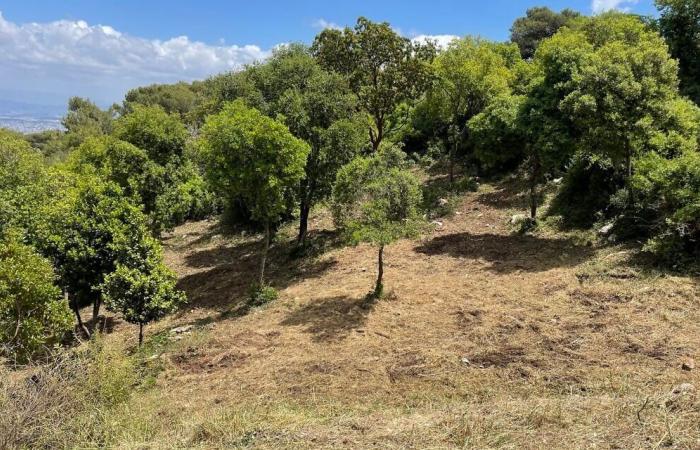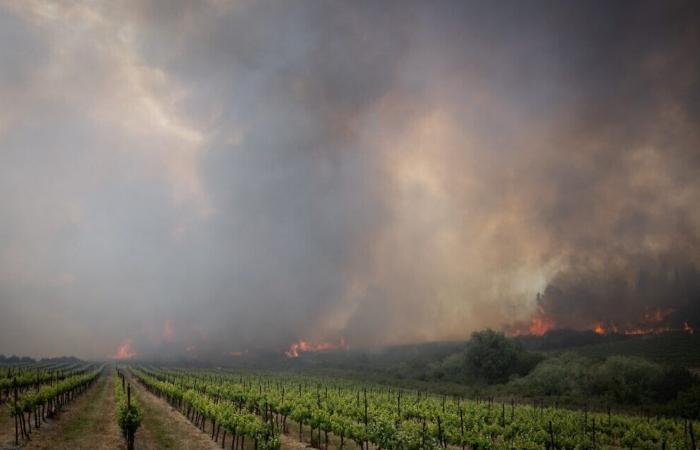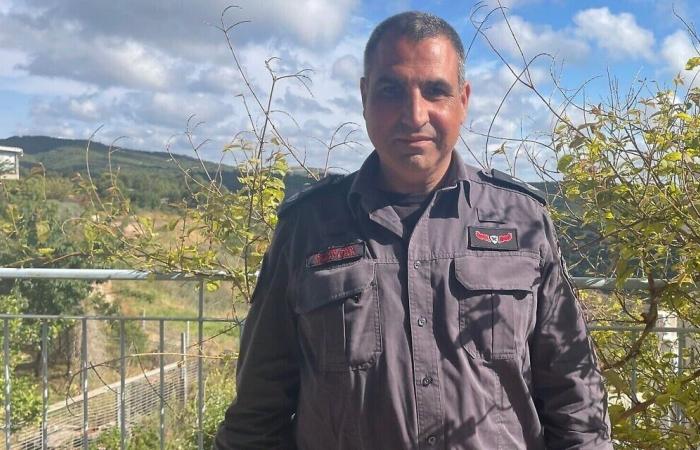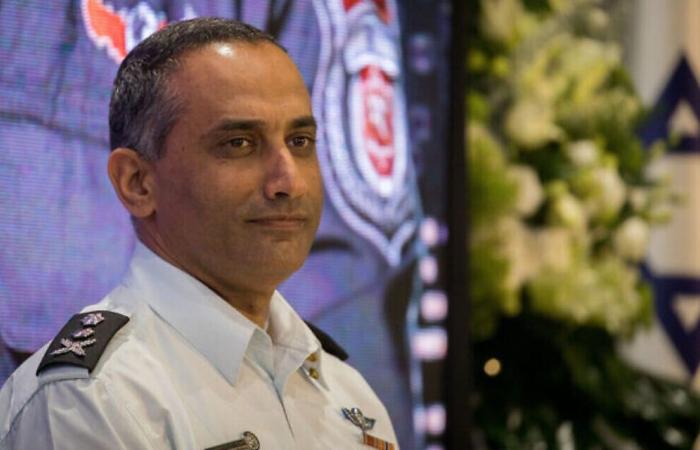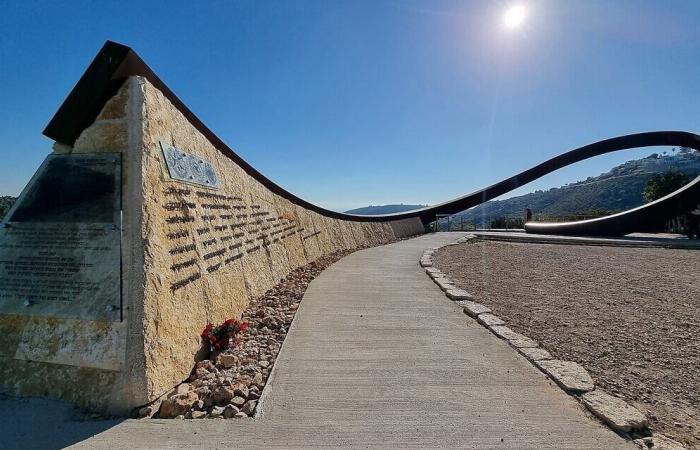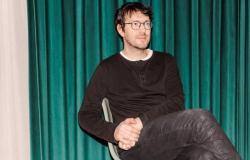The state must double the resources made available to the Israeli National fire and Rescue Authority (infra) to allow it to face the “mega-in-fire era” caused by climate change, a senior official said on a week of major fires on Sunday that struck the center of Israel.
Shay Levy, who directs the branch is looking for infra fires, told Times of Israel that he studied the five regions of the world which have a Mediterranean climate-California, center of Chile, the Mediterranean basin, the CAP region in South Africa and South West and South Australia-and that all of them know more frequent, more violent and longer fires.
“We need everything,” he said, adding that Israel was not only a sensitive climate zone, where temperatures increased more quickly than the world average, but that he also experienced particular complications, such as criminal fires with nationalist motivation.
To not miss anything about news, Receive the front page of the day on your email
By registering, you accept the conditions of use
“This time, all fire services converged on the Jerusalem region,” he continued.
“What would happen if several major fires broke out simultaneously and extended over a long time in different regions of the country?” »»
Levy has pointed out that large -scale forest fires observed in recent years were too large to be managed by a single country and require regional and international cooperation.

Firefighters trying to put out a gigantic forest fire, in Canada Park, April 30, 2025. (Credit: Yonatan Sindel/Flash90)
He spoke after two waves of violent fires that ravaged the hills west of Jerusalem last month.
The second wave, which was unleashed last week, burned 2,000 hectares, forcing the evacuation of several communities and causing the closure of the Jerusalem-Tel Aviv motorway as well as other road axes for several hours. She also caused the death of wild animals and rekindled discussions on the years of under-finance of fire and rescue services.
There are no regular public funds allocated to fire prevention
Most of the localities evacuated last week fall under the Mateh Yehuda Regional Council.

People observing a gigantic forest fire, not far from Moshav Beit Meïr, in the hills of Jerusalem, April 30, 2025. (Credit: Chaïm Goldberg/Flash90)
A spokesperson explained that there was no regular public funding for fire prevention, which forces the Council to distribute millions of shekels from its own funds in order to allow the management committees of the fifty-seven localities under its responsibility to finance these activities themselves.
He said the regional authorities had requested special damage and reconstruction funds following each major fire that occurred recently, but that they had never received what they had asked.
For example, following a fire in 2016, the Regional Council requested 4 million shekels. The government granted him 1 million shekels, which were used to finance the elimination of asbestos and waste as well as the installation of emergency water supply infrastructure in Beit Meïr, Nataf and Neve Shalom, three localities that were temporarily evacuated last week. A proposal to set up a national program with adequate funding for reconstruction after fires remained unanswered, he added.
Also according to the spokesperson, after the fire at Kibbutz Harel in 2019, the interior Ministry had promised to pay 6 million shekels, but will ultimately unlock only 1.5 million shekels.

The authority of nature and parks (INPA) has prepared for the fire season by pruning the trees and mowing the herbaceous vegetation of a part of the Mont Carmel National Park, adjacent to the University of Haifa, April 30, 2023. (Credit: Sue Surkes/Times of Israel)
After a major fire in 2021, the regional authorities requested 2 million shekels, but received only 500,000 shekels.
“About a year ago, we were told that [le moshav] Kisalon you not [l’implantation de] Srigim were the areas most exposed to fire risks. We have tried, without success, to obtain funds. And now, following the fires, we were allocated the necessary funds and the head of the regional authority ordered the start of the work, “said the spokesperson.
A spokesperson for the Carmel Regional Authority in northern Israel, said the situation was similar insofar as there were no regular public funds for fire prevention. In 2010, a gigantic fire had ravaged a large part of the Carmel nature reserve, killing forty-four people and destroying many homes.
-Is the number of organizations involved too high?

The firefighters trying to turn off a fire that started near the Messilat Zion community, April 30, 2025. (Credit: Noam Revkin Fenton/Flash90)
Fire and rescue services are still inaugurating incidents in the hills of Jerusalem and did not wish to express themselves on details. However, we know that last week’s fire broke out near Moshav Messilat Zion, and that it may have been caused by the negligence of hikers seen in the surroundings a few hours before the start of the fire.
The flames arose in a border area between Moshav and part of a forest managed by the Jewish National Fund (JNF/KKL), which highlights another problem: the articulation of responsibilities between the many competent organizations.
Forests and green spaces in Israel are managed either by KKL-JNF, or by the authority of nature and parks (INPA), and none of these two organizations is authorized to intervene in the territory of the other. The regional authorities of rural areas have no authorization to enter into the mandatory To carry out fire prevention activities. They are content to provide the necessary funds.
In the event of a major fire, the Israeli Air Force intervenes by providing heavy transport aircraft C-130J Super Hercules equipped to drop fire delayers. It also provides personnel in the interior front command responsible for clearing in order to prevent the spread of flames.

Shay Levy, photographed before the Carmel nature reserve, May 4, 2025. (Credit: Sue Surkes/Times of Israel)
The police are responsible for the evacuations and the closure of the roads.
The Prime Minister’s office, as well as the Ministries of the Environment, Agriculture and National Security, are systematically involved.
Over the years, calls in favor of a single authority, or a single decision -maker, have remained a dead letter.
Several years ago, Dedi Simchi, then commissioner of fire and rescue services, created a forum which brings together sixteen organizations twice a year. Levy coordinates this forum, chaired by the current Commissioner, Eyal Caspi.

The former commissioner of fire and rescue services, Dedi Simchi, during a ceremony of awards organized by the Ministry of Public Security, at the presidential residence, in Jerusalem, on January 22, 2019. (Credit: Yonatan Sindel/Flash90)
“We are working on the existing situation,” said Levy.
“Coordination is good, but it must still be improved while we are entering an era of mega-in-laws. »»
“We all have the same goal: to prevent fires and protect lives, goods, nature and fauna,” he added.
The forum broadcasts a brochure in which the owners are invited to:
- Install smoke detectors in all rooms and common parts of the buildings, buy a fire extinguisher and ensure that there is a nearby source of water.
- Prune the low branches which could spread the fire from the floors to the treetops.
- Make sure to respect a minimum distance of 1.5 meters between vegetation and flammable materials, as well as between vegetation and home.
- Remove the dry leaves and branches of the balconies, gutters and aisles, weeding and steering the garden regularly, especially in hot and dry weather.
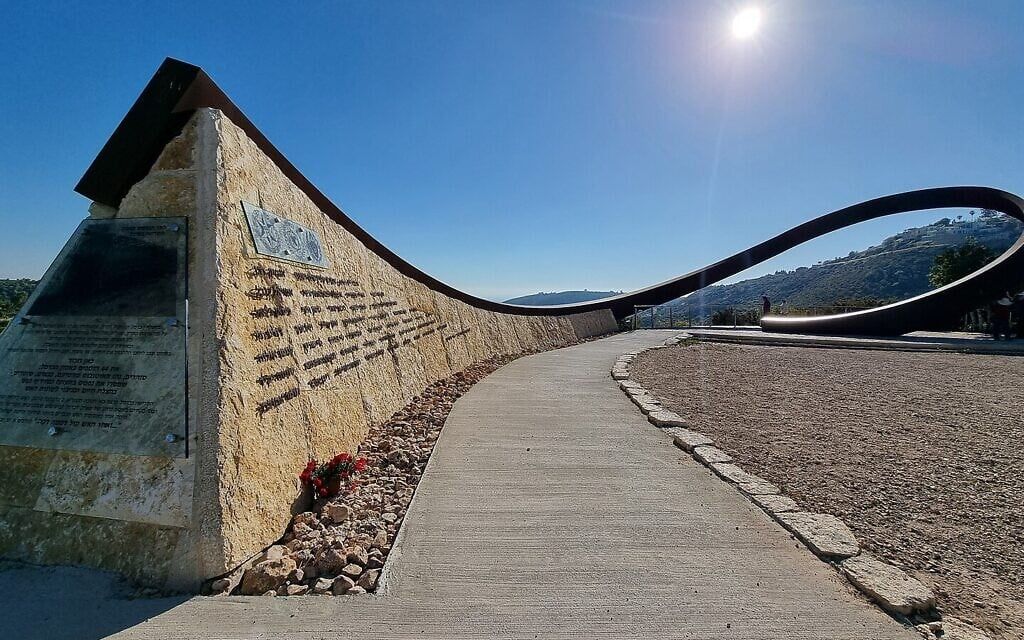
Memorial dedicated to the 44 victims of the Carmel nature reserve fire, in northern Israel in 2010. (Credit: Michal Freiman, CC by 2.5, Pikiwiki Israel, Wikimedia Commons)
One of the projects of which Levy is particularly proud is a fire cutting path created in partnership with INPA, at the memorial dedicated to the forty-four fire victims which had ravaged Carmel in 2010, on the hill leading to the Kibbutz Beit Oren.
The path includes sculptures and numerous information panels on fires and fire prevention. Levy hopes to set up similar trails elsewhere in Israel.
Sunday, after a previously planned exercise to simulate simultaneous fires around Haifa, Nesher and on the Coast of Carmel, in northern Israel, Levy said that the authorities had affected agents in each district, as well as a national level, in order to work with the communities throughout the year to make them aware of the risk of fire, provide them measures. He added that the district agent of Jerusalem had written reports for each community in the region.
“Work with communities is gradually improving,” he said, stressing that mandatory The poorest sometimes had trouble financed work to clarify the vegetation for example.
“Less than six months ago, I was in one of the villages of the Jerusalem corridor [la zone boisée à l’ouest de la capitale] And I met someone who said to me: ‘I came to live in the forest and if you try to shoot down a tree, I will go on.’ It’s nice to live in the forest, but the danger is greater and we have to find a balance, ”he added.

